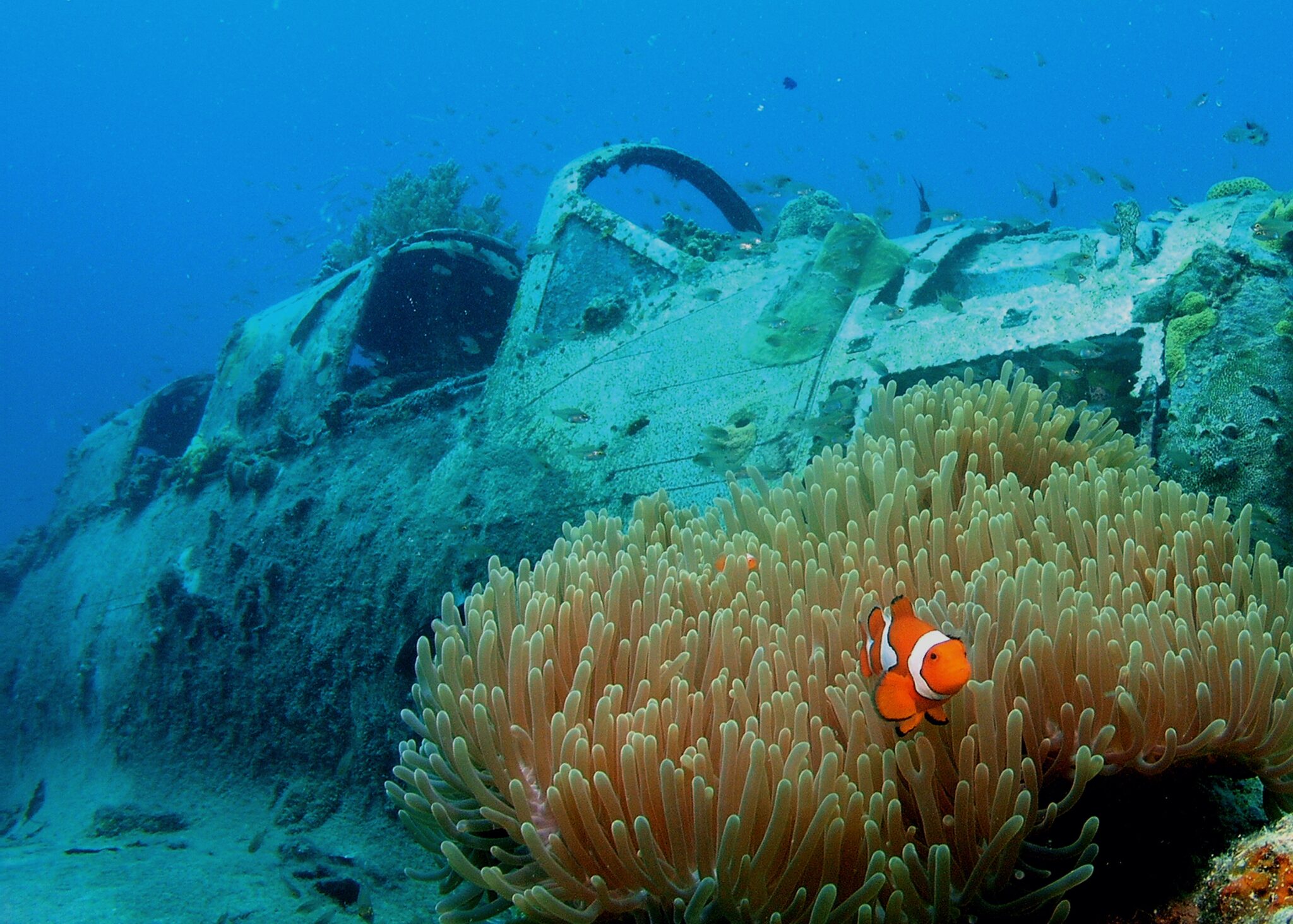When we first learn to dive, we quickly come to recognize that our sport gives us the opportunity to visit sites and places that few others are privileged to see. As technical divers, we have trained to take our abilities and experiences even further. Technical divers are at the forefront of exploring the dive sites and deep ship wrecks of the world. In many cases, we are among the first visitors to discover these locations.
With this privilege comes responsibility.
The discoveries of lost wrecks are often highlighted in magazines – both diving and non-diving related publications are quick to report new finds. Often the sites we visit are not just exciting wrecks, but also the scene of a past human tragedy or one of archaeological significance. Where divers see an extraordinary wreck, others may see the final resting place of a relative or information relating to our heritage.
There are many examples of how technical diving can greatly assist both archaeologists and the families of those who have suffered losses through weather, accident and war. Teams of technical divers have been instrumental in identifying ship wrecks around the world, and commemorative wreaths have been placed on sites at the request of families. These are proactive and worthy contributions made by technical divers that benefit many parties. We must be conscious, however, that our actions and our sport can be misunderstood and, in some cases, abused. Several years ago, a newspaper in the UK ran a series of stories accusing divers of plundering shipwrecks. As a consequence, there were calls for gas mixtures, such as helium, to be banned in order to prevent divers accessing deeper wrecks. Fortunately common sense prevailed, but we should take heed of the furore caused and consider the steps we can take as technical divers to avoid such negative publicity.

Shipwrecks are threatened by many forms of damage, and we should not allow scuba diving to be one of those threats. Removing artifacts from shipwrecks without proper authority is unnecessary and should not be condoned. If you have discovered a wreck and need to identify it, removal of objects should only be a last resort, and you should proceed only after discussion with local authorities. Once an item is taken, the archaeological value is greatly diminished, and, in many cases, the object itself is likely to quickly disintegrate. Instead, consider the value of photographic and video evidence, and seek the assistance of archaeologists and researchers in identifying your find without removing parts of the wreck. You should always be sure to consider any local regulations relating to the wrecks you visit.
We have all visited shallow water wrecks that have been stripped bare of their artifacts and character. As we visit new wrecks and sites for the first time, let’s be sure that these mistakes are not repeated. Instead, work to preserve them in situ for other divers, archaeologists and future generations.
For those based in the UK, further information on wreck diving and the removal of artifacts can be found here.
This article was written by Rich Somerset, PADI TDD Technical Consultant, and published on December 1, 2009.
Share This
